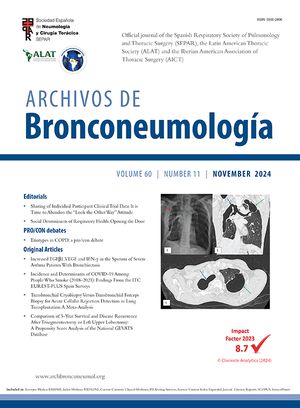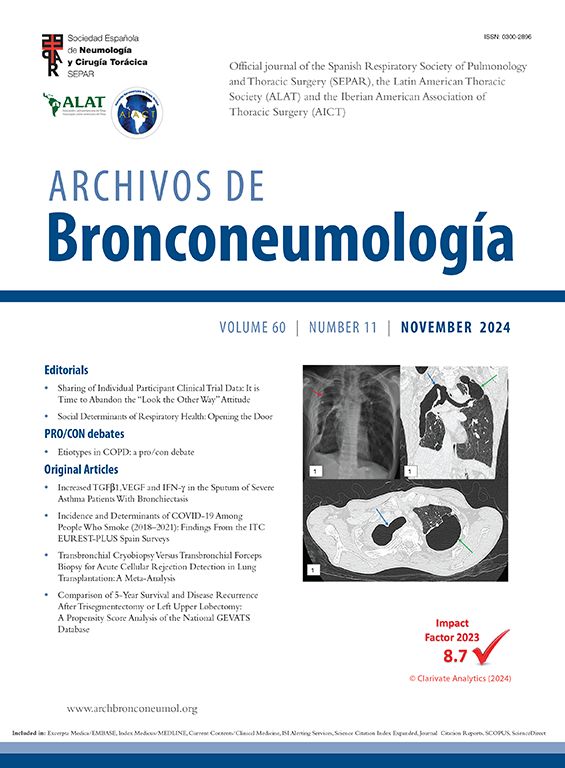
Imagine this. You are a youngster of 10 or 11 years old. You are a champion people say. You are talented your trainers says. You train 5 days a week and swim in competition every weekend. Your goal is to become an Olympic champion. Today's competition is decisive. You can become the national champion freestyle swimming. The shot falls and you swim the race of your life. You concentrate on the technique taught by your trainer. Every stroke counts. When you tap the finish, you look at the time. It is a disaster; you are not the national champion. No, you were not even good enough for the medal ceremony. Deeply disappointed and in distress you walk back to the clothing room. Why did it go wrong? Do you have to train more? Should you change your way of training? Hundreds of thoughts run through your brain. Maybe you are not as gifted as people say you are.
Worldwide, hundreds of these kinds of miseries take place. And for trainers and physicians in sports medicine it is not always obvious why very talented young sporters cannot take the last hurdle to participate in top-level competition. If technique training, training intensity, and food alone cannot fully explain this inability to act on top-level there must be other, unknown factors that may play a role. In a Scientific Letter in this issue, results are presented that may shed some light on a possible unknown factor in swimming; a decrease in diffusing capacity (DLco).1
Diffusion is the physiological mechanism behind the transport of oxygen from the acinus to the pulmonary capillaries.2 DLco is a derivative method to measure the diffusing capacity for oxygen using carbon monoxide as a tracer gas. A decrease in DLco implies that oxygen uptake is hindered. Impairment in DLco can be found in lung diseases,3,4 cardial diseases5 but also in adult elite sportsmen after exercise.6 The novelty of the aforementioned Scientific Letter is that it studied the changes in DLco in young elite swimmers covering a training period of 4 weeks. The authors found a clinically relevant decrease of DLco in 6 of the 21 subjects. An impairment in DLco of that size could influence the performance of elite swimmers. These results are important for physicians in sports medicine to keep in mind when young elite swimmers’ performances inexplicably fluctuate.
Hurrah! After reading the Scientific Letter one might think we finally found the grail. However, it is too early to draw this conclusion. First of all, the authors found a decrease in DLco, indicating a hindering of the diffusion process. However, due to the limitation of the DLco measurement technique the pathophysiological origin of this decrease cannot be detected. Therefore, it is unknown if this decrease comes from fluid in the alveolus or is due to thickening of the alveolar membrane or to an alveolar-capillary problem. Sophisticated measurement techniques, like the diffusing capacity for nitric oxide (DLno), could be of help. A combination of DLco and DLno will allow the authors to make a distinction between the alveolar membrane component and the alveolar capillary component and determine whether this decrement is membrane driven or vascular driven.7 The use of DLco measurements in combination with DLno measurements should be considered in future studies.
Secondly, the effect of submersion is not taken into account. Intrathoracic blood pooling is known to take place due to submersion.8 As a result, hypervolaemia occurs caused by increment in plasma volume of approximately 7%.9 This hypervolaemia triggers the neuro-endocrine diuretic system initiating immersion-induced diuresis, which ultimately leads to dehydration.9,10 Hypervolaemia might result in a decrease in haemoglobin (Hb),11 whereas dehydration leads to an increase in Hb.12 As Dlco is related to the Hb-level it should be corrected for this.13 In the present study, Hb was only measured at the start of the 4-weeks training session but not at the end. This makes it impossible to see how possible dehydration or hypervolemia effects influenced DLco. It might be possible that the decrease in DLco was only caused by a change in Hb instead by a diffusion problem.
Thirdly, the authors correctly state that immersion-induced pulmonary oedema (IPE), also known as swimming-induced pulmonary oedema, could be an explanation for their results. IPE is a disease not only found among scuba divers but also in endurance athletes like triathletes.14 Females are more prone to encounter IPE than males. Notable, hydration before exercise provokes IPE.14 In IPE, a decrease in DLco is found, which normalizes within 24h. However, it is not possible to diagnose IPE solely on a decrement in DLco. A combination of diagnostics techniques such as DLco measurement, physical examination, and lung ultrasonography (LUG) are more obvious.15 For example, the presence of B-lines in LUG, a decrease in DLco and findings of rales, crackles and/or wheezing during auscultation, makes the presence of pulmonary oedema (PE) conceivable.15 With the availability of portable ultrasound apparatus, onside LUG can easily be performed and gives the physician or researcher more means to search for PE. Testing the hypothesis regarding the relationship between PE and the decrement in DLco among these elite swimmers could be a subject for further study.
Finally, one aspect the authors did not discuss is whether or not dynamic hyperinflation and air trapping could be a cause for the decrease in DLco. In elite athletes a mechanism called airway closure might be present. During exercise there is a pressure drop along the airways when the athletes forcefully exhale. This pressure drop closes the airways and, as a result, increases airway resistance. Besides, airway closure does lead to dynamic hyperinflation and air trapping.16 One can hypothesize that in areas with air trapping there is a suboptimal ventilation, resulting in a decreasing DLco. Whether this hypothesis should be rejected or not could be subject of future research.
Worldwide thousands of young gifted athletes embark on an odyssey to become an Olympic champion. Although only a few will reach that status we should give them a fair chance to become one. Additional to good training facilities and training capacity we must have a proper insight in the pathophysiological changes caused by specific types of sport. For the young elite swimmer changes in DLco might be one. Further research is necessary to see if beside DLco also dynamic hyperinflation/air trapping and IPE play an important role. Furthermore, the use of DLno in combination with DLco should be considered to gain more insight in the pathophysiological origin of the decrease in DLco. I would like to invite researchers in sports medicine, like the authors of this Scientific Letter, to join these young sportsmen and support them on their odyssey with our research. Let's embark and start today!










